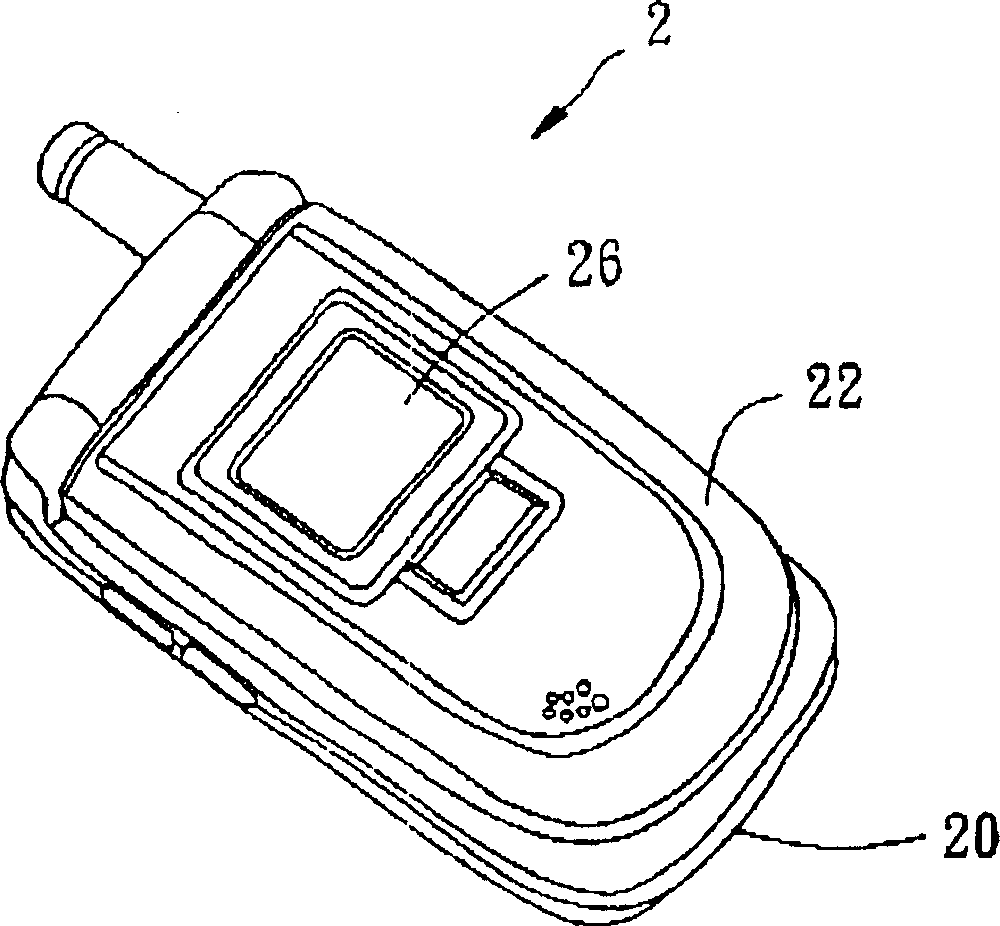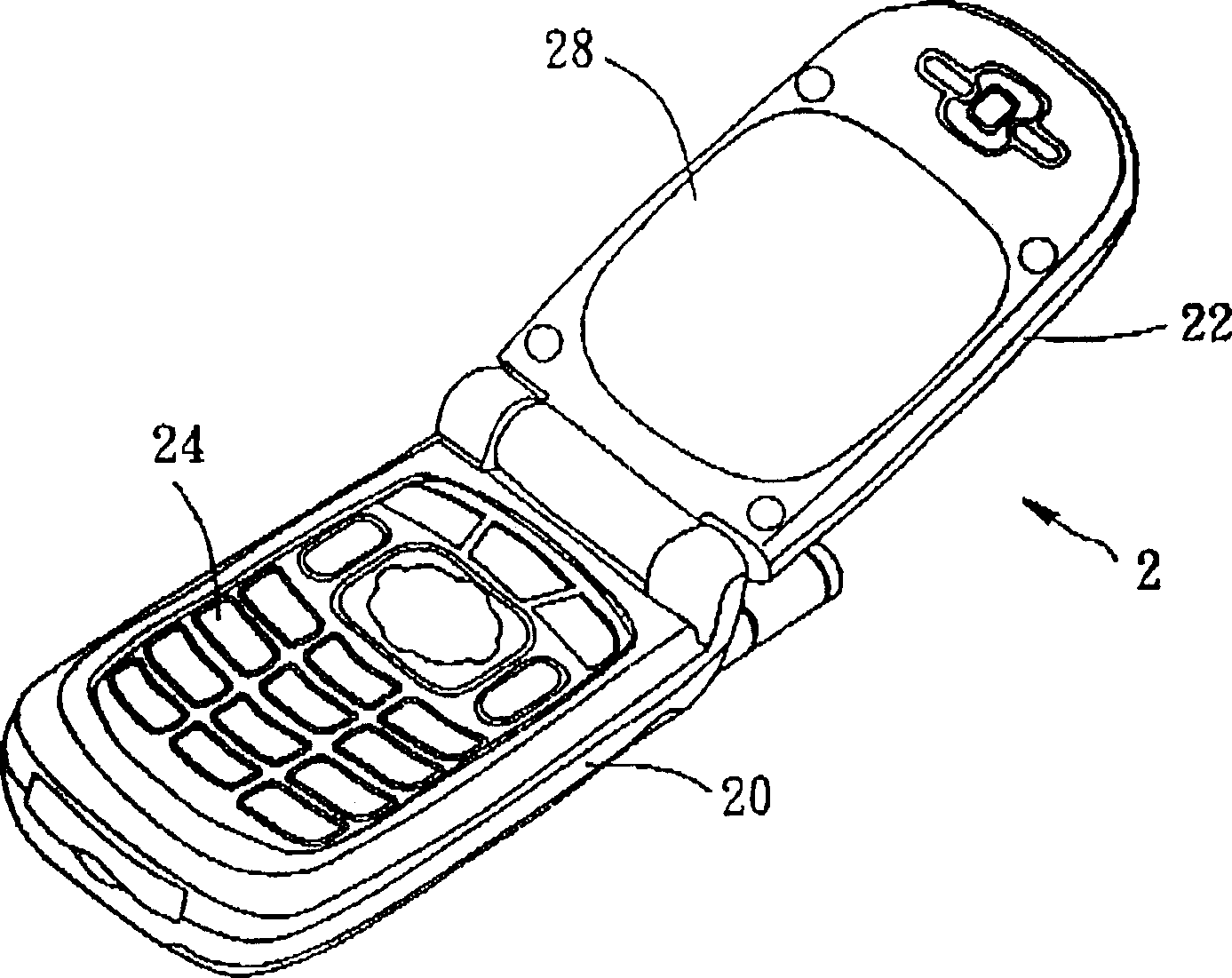Action telecommunication device
A communicator and mobile technology, applied in transmission systems, telephone structures, electrical components, etc., can solve problems such as being unable to be used as a display synchronously, not being perfected, and limiting the display area of the second screen 28.
- Summary
- Abstract
- Description
- Claims
- Application Information
AI Technical Summary
Problems solved by technology
Method used
Image
Examples
Embodiment Construction
[0041] see Figure 5 to Figure 7 As shown, it is a schematic diagram of the mobile communicator in use in the first embodiment of the present invention. The mobile communicator 5 includes a control device 50, a first base 54, a second base 58 and a flexible display Screen 62; where:
[0042] The control device 50 has a body 51 which is convenient for the user to hold. One side edge of the body 51 has a first connecting portion formed by two pivot seats 511. The control device 50 also has a mobile phone arranged on the front of the body 51. The interface 52, the mobile phone interface 52 is for the user to input information or control, and it can be a button interface or a touch screen interface.
[0043] The first base 54 has a first shell 55 and a first coupling surface 56, and one side of the first shell 55 is provided with a first butt joint formed by a projection 551. When assembling, the projection 551 is placed between the two pivot seats 511 and pivotally connected wi...
PUM
 Login to View More
Login to View More Abstract
Description
Claims
Application Information
 Login to View More
Login to View More - R&D
- Intellectual Property
- Life Sciences
- Materials
- Tech Scout
- Unparalleled Data Quality
- Higher Quality Content
- 60% Fewer Hallucinations
Browse by: Latest US Patents, China's latest patents, Technical Efficacy Thesaurus, Application Domain, Technology Topic, Popular Technical Reports.
© 2025 PatSnap. All rights reserved.Legal|Privacy policy|Modern Slavery Act Transparency Statement|Sitemap|About US| Contact US: help@patsnap.com



